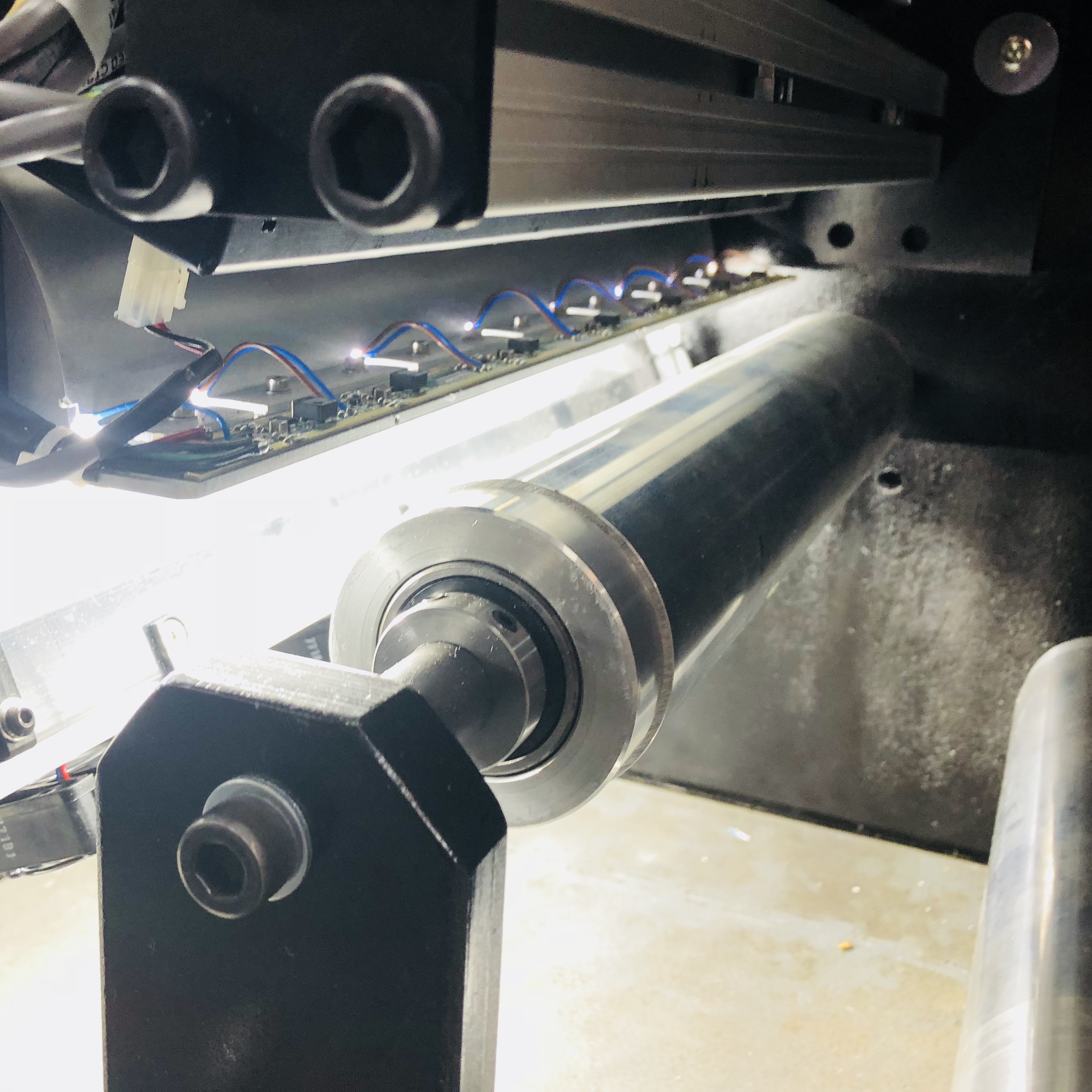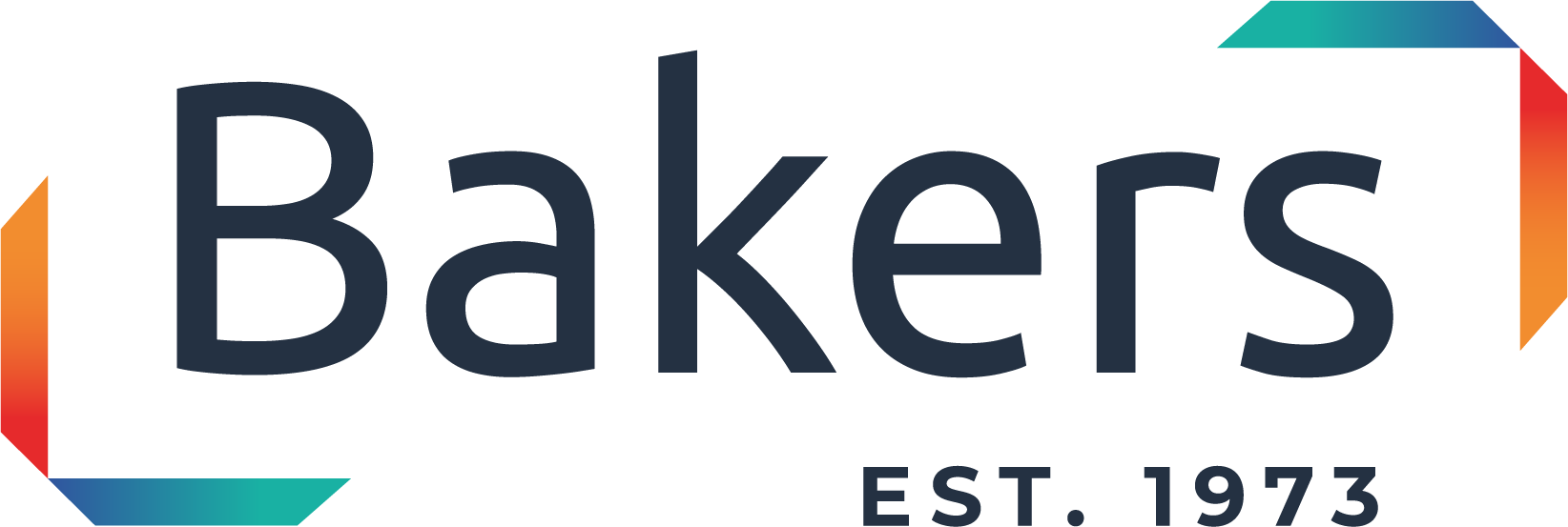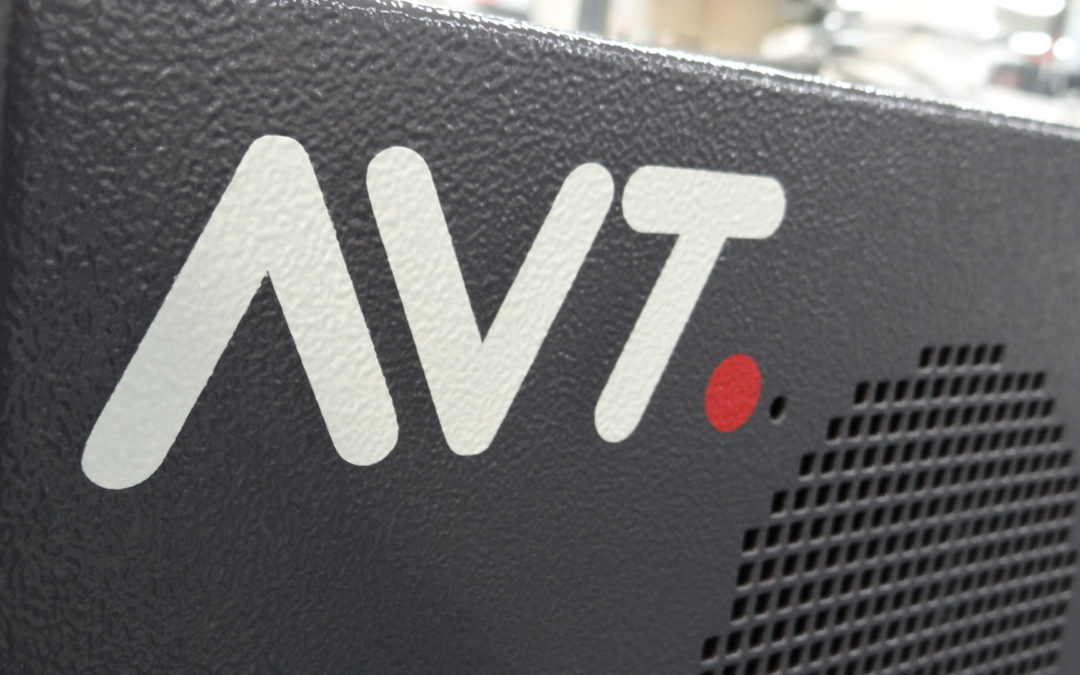Baker Labels adds AVT Inspection Unit to Nilpeter FB-3
The investment of the Auto Set Vectra SGTR glueless turret rewinder in February 2018 has prompted further investment to the Baker Labels factory floor. A new AVT Inspection Unit has been added to the Nilpeter FB-3 flexo to enhance quality control capabilities before products are shipped to customers. This will be particularly advantageous when the Vectra is running in-line with the Nilpeter FB-3 as jobs are not required to go through the Omega SRI Rewinder with fully integrated FleyeVision.
Bakers uses both the HSR330 Rewinder and the Omega SRI Rewinder – the new generation of label converting and finishing with rewinding speeds of up to 350m/min. Fully integrated FleyeVision 100% inspection control with screen operation, connected with an integrated work flow for waste management. The SRI range uses the latest servo drive technology combined with PC/SPS based control resulting in a new level of sophistication to meet today’s ever increasing demands.
The Nilpeter FB-3 is the printer of choice for larger runs and for complex multi-layer, multi pass constructions. Featuring a rail system which contains De-Lam/Re-Lam, turner bar, 4 towers for over-laminating substrates and a crossover unit. We have also installed a servo re-insertion unit with web guide and a corona plus a rotary screen unit for embellishments, fluorescents etc.
The dual axis servo transport system ensures that the FB-3 will continuously deliver the highest level of print reproduction as well as unparalleled registration performance.
Bakers installed a rotary screen unit in 2017– the first one to be fitted to a FB3 Nilpeter. The main plan for the Stork unit is for re-registering work from the digitals to give high build and tactile effects but there are also opportunities to do more specialist work.
Using Helios software, powerful LED lights, camera and touch screen display, the additional AVT Inspection Unit will trigger an alarm and stop the press if it registers a variation from the master label such as movement or colour variation. This allows operators to correct any problems early therefor reducing waste and improving efficiency.


